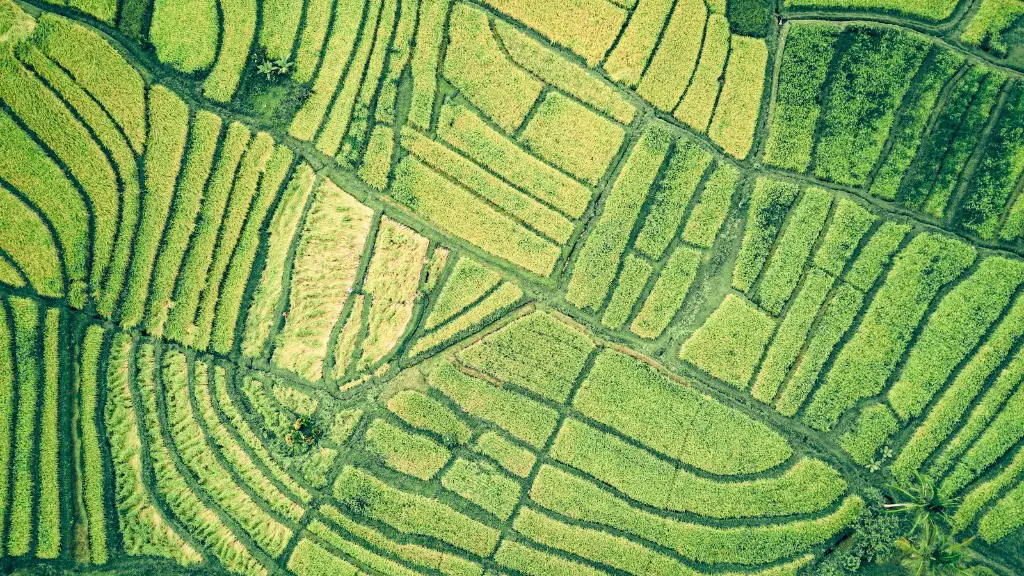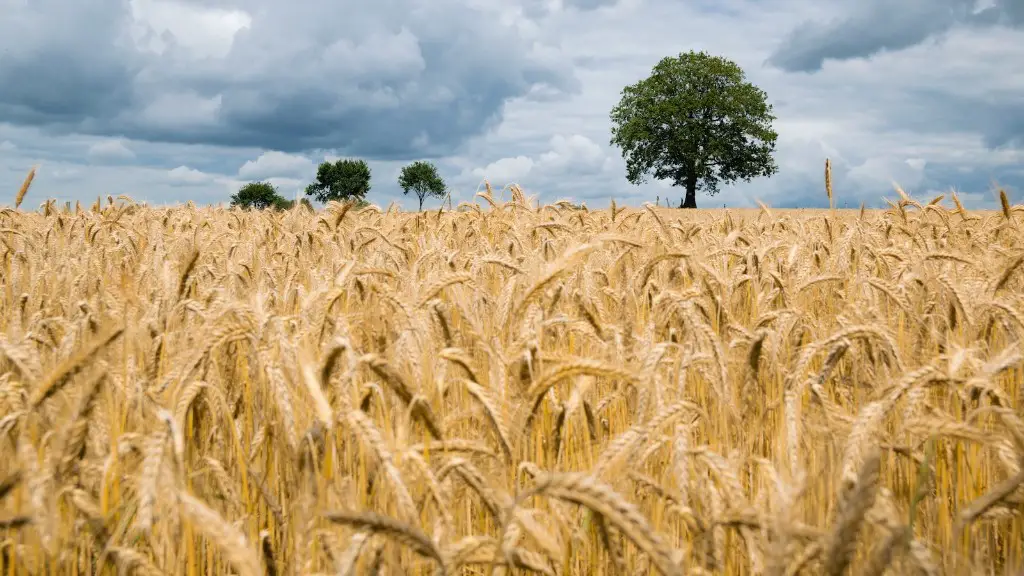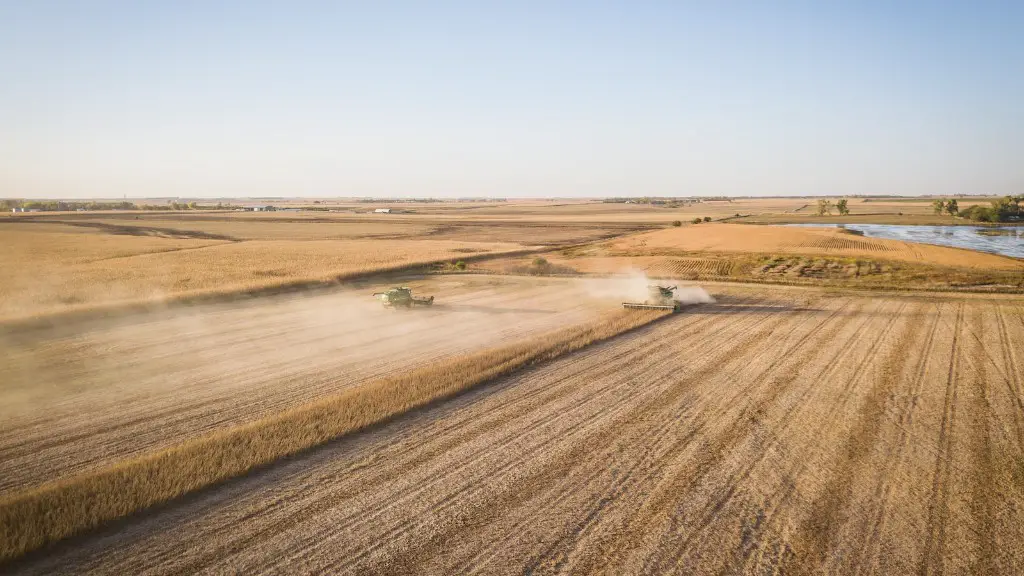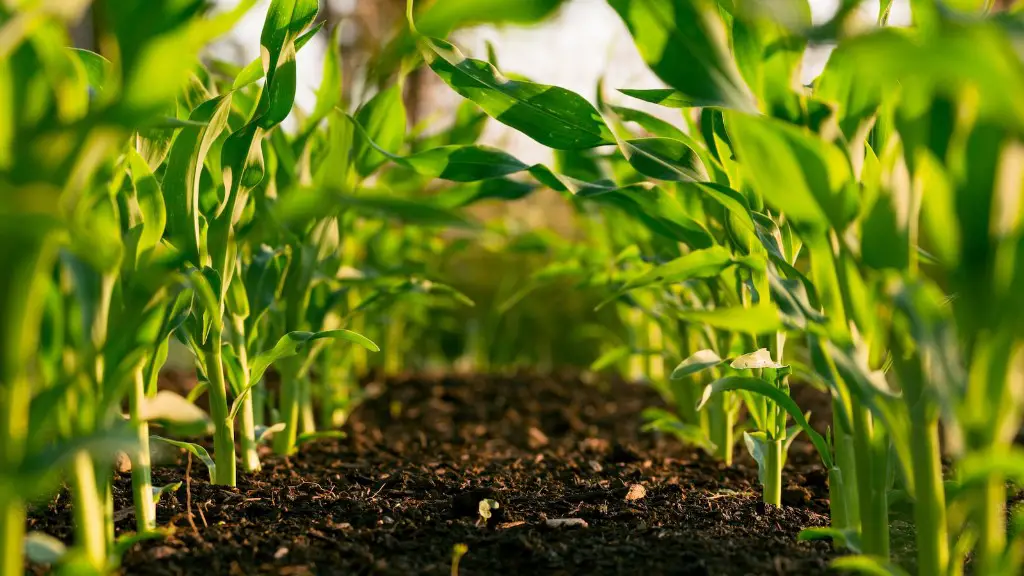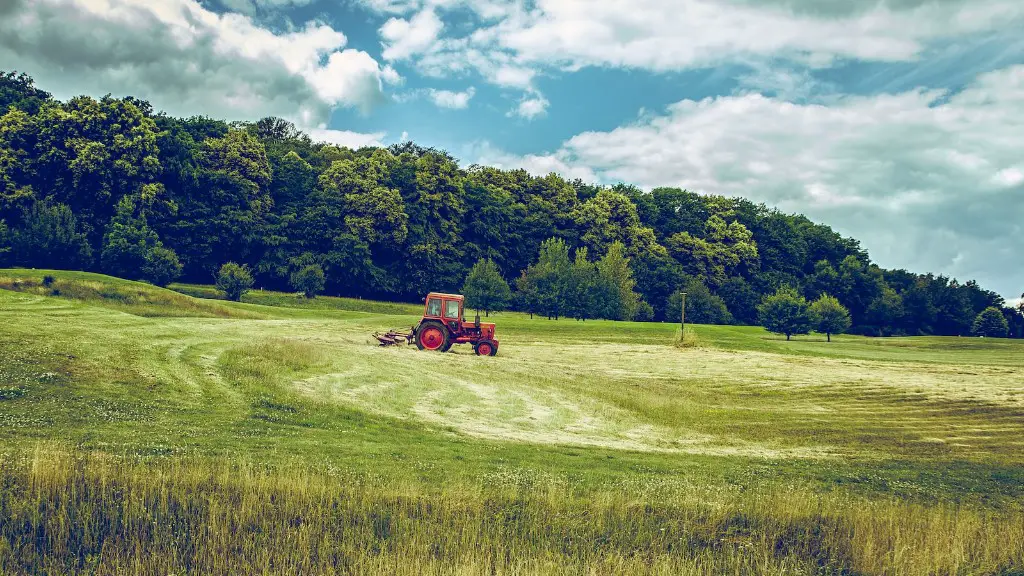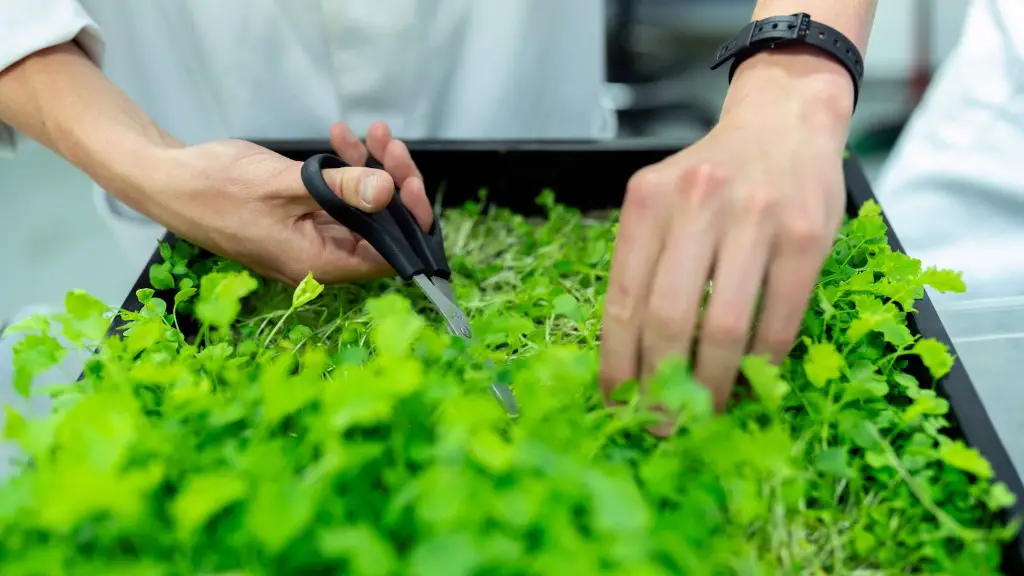Climate change is rapidly changing the way we need to approach farming and agriculture. As the temperature rises and water availability falls, the challenge of creating sustainable solutions for farmers and agricultural communities around the world grows ever more pressing. Fortunately, there are many ways to mitigate the effects of climate change, ensuring agricultural productivity and resilience into the future. Here are just some of the ways we can mitigate climate change in agriculture.
To begin with, crop diversification is key when it comes to mitigating climate change. By diversifying the types of crops we grow, farmers can protect themselves against risks associated with pests, diseases and weather/climate-related disasters. By maintaining a diverse range of crops, farmers can ensure their sustainability and reduce the potential for production losses due to climatic shocks. Better yet, diversifying the types of crops being grown can lead to increased productivity and crop yields throughout the year.
Additionally, farmers can make changes to their irrigation practices that can have a positive effect on crop production and the environment. One example of this is the use of precision irrigation, which uses technology to pinpoint the areas of a field that need water, and then water those specific areas accordingly. This helps farmers to save water and money, while still providing the necessary nutrients for plants to grow. Similarly, no-till and low-till practices can reduce the amount of water and energy needed to cultivate the soil.
Agroforestry is another important way to combat climate change. This practice involves interspersing trees or tree-like crops (such as palms or bamboo) in between crop fields, offering multiple benefits. Trees provide shade, reducing soil and crop temperatures. They also serve as a form of carbon capture, helping to reduce carbon dioxide levels in the atmosphere. They also can provide food, fuel and fodder for livestock.
Conservation agriculture is another beneficial strategy for reducing the impacts of climate change. This approach involves minimal soil disturbance, maintaining a permanent organic soil cover, rotation of crops and the use of integrated pest management. These practices help to reduce the amount of carbon dioxide released into the atmosphere, while simultaneously improving soil fertility and increasing crop yields.
Finally, farmers can introduce renewable energy systems onto their farms. This could involve anything from large-scale solar and wind energy installations to small-scale micro-hydro systems. These systems help to reduce farmers’ reliance on fossil fuels and provide clean, renewable energy to power their operations.
Diversify Crops to Avoid Risks
Crop diversification is perhaps the most important – and easy to implement – strategy for mitigating climate change in agriculture. By introducing a variety of crops into the mix, farmers can guard against drought, pests, and diseases. This is because certain crops may perform better during specific times of the year, but others may be able to cope better in different climatic conditions.
Diverse planting strategies can also increase crop yields and reduce the environmental risks from over-planting certain crops. By combining traditional methods with modern agricultural practices such as crop rotation and intercropping, farmers can increase their yields and reduce the amount of water and energy needed for cultivation.
What’s more, agroforestry – the practice of planting trees and tree like crops throughout the crop fields – offers multiple climate change mitigation benefits. As well as providing shade and carbon capture, agroforestry means that farmers can harvest fruits, nuts, and other produce in addition to the crops they are cultivating.
Not only will this increase the farm’s overall productivity, it will also provide a more sustainable way of having access to fresh, nutritious food. This system also provides habitat for wildlife and pollinators, improving the biodiversity of the land.
Therefore, by diversifying the types of crops and introducing agroforestry into the mix, farmers are well on their way to mitigating climate change in their agricultural systems.
Switch to Precision Irrigation Practices
Irrigation is essential for crop production and yet, supplies are limited. Furthermore, traditional irrigation practices such as flooding can be extremely wasteful of water. For this reason, precision irrigation practices are rapidly becoming the go-to for many farmers.
Using sensors and data-driven tools, farmers can now precisely determine the areas of a field that need watering and then target those areas. This reduces the amount of water being used and saves farmers both time and money.
Farmers should also consider no-till and low-till practices. By reducing or eliminating the need to till the soil – which is the practice of plowing or turning the soil manually or mechanically – farmers can reduce their carbon footprint and the amount of labor needed.
What’s more, this system helps to keep soil healthier and more resilient to droughts, floods, and other negative weather events. This is because crops planted in this way don’t have to be replanted each year, saving time and energy.
Thus, precision irrigation and reduced tillage practices are both essential strategies for mitigating the impacts of climate change on agricultural systems.
Introduce Renewable Energy Systems
Renewable energy systems are key to mitigating the effects of climate change, both on our agricultural practices and beyond. These systems offer an alternative to traditional power sources – such as fossil fuels – which contribute to global warming.
By installing solar panels, wind turbines or small-scale hydro-electric systems on farms, farmers can generate their own electricity and warm water and dramatically reduce their reliance on outside energy sources. This not only reduces emissions, it also saves farmers money in the long run.
Moreover, this system provides farmers with a reliable supply of energy should the grid fail or become unreliable. This can be especially valuable during extreme weather events, such as floods, droughts, and storms, which can damage or disrupt traditional power supplies.
Renewable energy systems are a great way to reduce farmers’ energy demands, while promoting sustainability and saving money in the long run.
Therefore, renewable energy systems provide a valuable strategy for combating climate change in agriculture.
Improve Soil Quality with Conservation Agriculture
Another important way of reducing the impacts of climate change on agriculture is to introduce conservation agriculture practices (CA). These include reducing or eliminating the need to till the soil, retaining crop residues, maintaining a permanent soil cover and rotation of crops.
By implementing this system, farmers can reduce their energy and water usage, thereby reducing their carbon footprint. Moreover, soil fertility is improved by the introduction of a permanent soil cover, which acts like a sponge and helps to capture more moisture than a bare soil does.
The retention of crop residues is another bonus of this system, as these organic materials can help to retain more moisture and provide beneficial nutrients to the soil. This, in turn, helps plants to grow stronger and healthier, reducing the chances of pests, diseases, and other plant damage.
The rotation of crops is another effective tactic for mitigating climate change. By using different crops at different times of the year, farmers can reduce their vulnerability to disease and pests, while still reaping the benefits of high crop yields.
Hence, implementing conservation agriculture practices is a great way to help farmers mitigate the effects of climate change while still providing high-quality food production.
